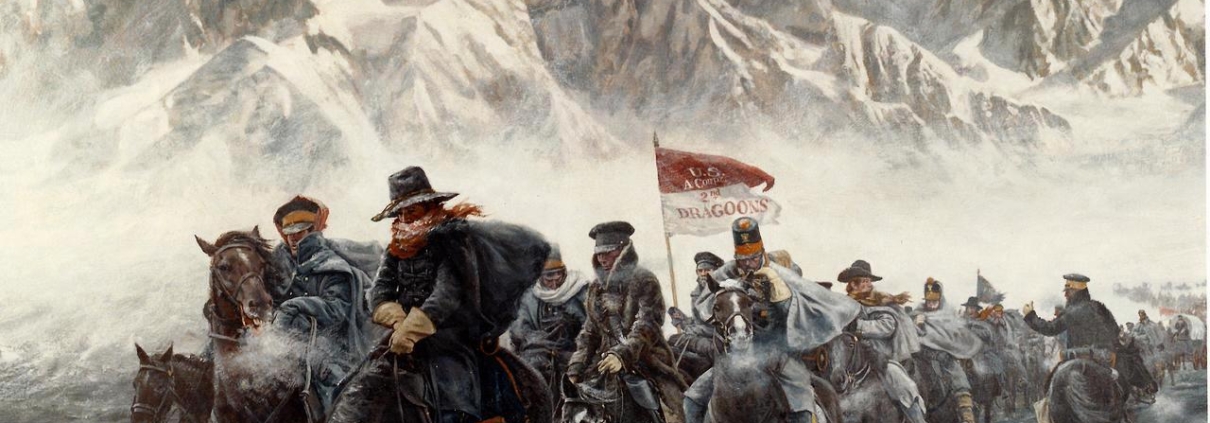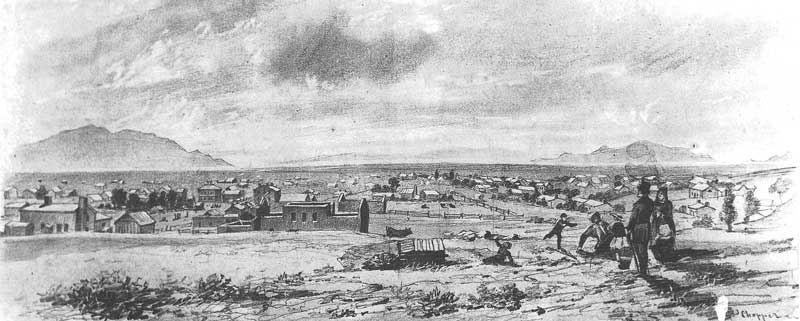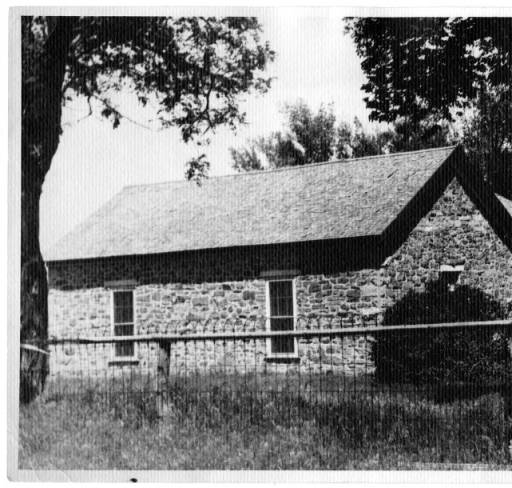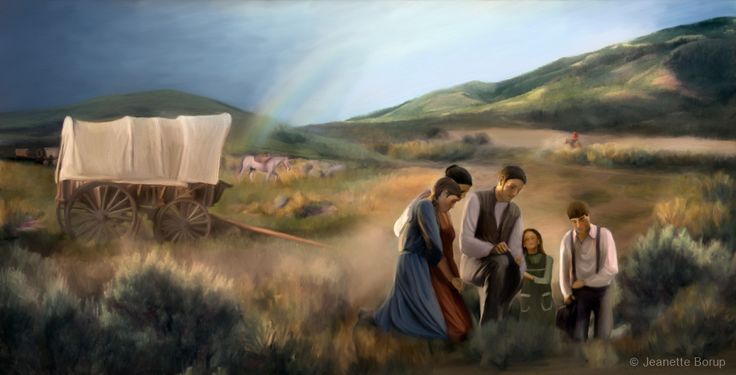The Chaotic 1850s in Utah
Our 19th century timeline series continues with Part 2 – Pioneering Utah.
The chronological perspective is the only way to really absorb all that the Westovers were dealing with in the 1850s. It was nothing short of chaotic from start to finish.
The decade began in somewhat of a scattered fashion. Edwin and family were in the Fort Union area, trying to make the farm go. They were endlessly challenged by grasshoppers and drought. Edwin’s work was supplemented by mandatory militia service, which in time would take him to dangerous new assignments.
Electa’s status is interesting. She shows up, without explanation, in the 1852 census in Sacramento, California. She’s back in Utah a few years later. So what happened? Why was she there? Following the path of her youngest son Oscar F. Westover is really the only way to unravel this mystery.
Charles was now married and raising a family but began the decade still in the employ of Erastus Snow. That would change mid-decade as he would take up his own place near Edwin.
In fact, there was a convergence of sorts with the Westovers, the Shumways, and the Findleys in Big Cottonwood just as the handcart companies arrived during the Mormon Reformation in 1856.
The handcart pioneers brought us new family members. In fact, the introduction of plural marriage brought forward new realities to pioneering and different aspects to family history for us to contemplate. The “lone and dreary world” has a lot of salacious thoughts about plural marriage but the records left behind paint an entirely different picture that needs to be pondered. The women of the Westover families were strong in ways most cannot imagine and what was accomplished during these years by them is nothing short of miraculous.
The efforts to be faithful, to embrace new levels of faith and to grow farms and families was all interrupted by the Utah War – an event that gets passed over in most family histories because, well, nobody died.
But it was a hugely disruptive event that displaced nearly everyone in drought-stricken Utah Territory – including the Westovers.
Once again, the destitute and poor – which was just about everyone – had all that they had worked for placed on the altar of faith.
Families were separated from their husbands and fathers. It was a tense and uncertain time that would lead to significant changes for the family ahead.
While the post of this decade is a long one it is rich in new details, records, and photos. It needs to be absorbed and held up against written histories of the larger events of the Mormon Reformation, plural marriage, the handcart companies, the famine of 1855-1856, the 10th anniversary celebration of the 1847 pioneers, and the Utah War.
We also need to acknowledge the written histories compiled by earlier generations of our families. Within them is the general story – and a lot of errors. Many of the new records we have now and showcase in this post correct those errors. Family records and memories are always going to contain errors and conflicts in information – but they remain necessary because they contain that which mere data of records can never tell: the story of the family. We need them and we appreciate them, imperfect as they may be. We know that in posts ahead we will rely on the stories of individuals passed down to give nuance and definition to our ancestors who sacrificed more than what the data of genealogy can provide.
In all, the 1850s show that nothing was really settled at all with our pioneering ancestors.
They kept moving, they kept adapting and they kept faithful in fighting the demons of the past while forging a future for the family. While taking nothing away from their experiences in just getting to Utah we cannot help but be humbled by all they passed through just to stay there.
Our next installment on the 1860s shows how all this continued.





